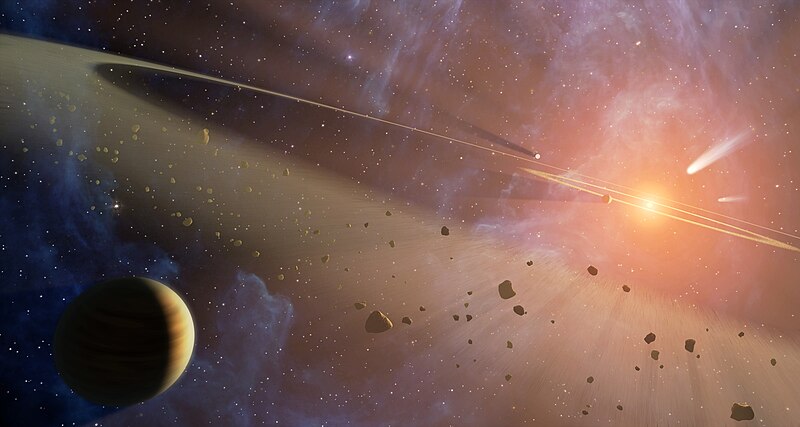קובץ:NASA-JPL-Caltech - Double the Rubble (PIA11375) (pd).jpg

גודל התצוגה המקדימה הזאת: 800 × 427 פיקסלים. רזולוציות אחרות: 320 × 171 פיקסלים | 640 × 341 פיקסלים | 1,024 × 546 פיקסלים | 1,280 × 683 פיקסלים | 3,000 × 1,600 פיקסלים.
לקובץ המקורי (3,000 × 1,600 פיקסלים, גודל הקובץ: 2.15 מ"ב, סוג MIME: image/jpeg)
היסטוריית הקובץ
ניתן ללחוץ על תאריך/שעה כדי לראות את הקובץ כפי שנראה באותו זמן.
| תאריך/שעה | תמונה ממוזערת | ממדים | משתמש | הערה | |
|---|---|---|---|---|---|
| נוכחית | 23:49, 13 בפברואר 2017 |  | 1,600 × 3,000 (2.15 מ"ב) | David Levy | recompressed TIFF file |
| 07:57, 7 בנובמבר 2011 |  | 1,600 × 3,000 (4.11 מ"ב) | OgreBot | (BOT): Reverting to most recent version before archival | |
| 07:57, 7 בנובמבר 2011 |  | 1,600 × 3,000 (625 ק"ב) | OgreBot | (BOT): Uploading old version of file from en.wikipedia; originally uploaded on 2008-10-27 21:14:20 by Cookbutter | |
| 20:51, 14 בנובמבר 2008 |  | 1,600 × 3,000 (4.11 מ"ב) | ComputerHotline | {{Information |Description={{en|1=This artist's conception shows the closest known planetary system to our own, called Epsilon Eridani. Observations from NASA's Spitzer Space Telescope show that the system hosts two asteroid belts, in addition to previous |
שימוש בקובץ
הדף הבא משתמש בקובץ הזה:
שימוש גלובלי בקובץ
אתרי הוויקי השונים הבאים משתמשים בקובץ זה:
- שימוש באתר af.wiki.x.io
- שימוש באתר ca.wiki.x.io
- שימוש באתר ceb.wiki.x.io
- שימוש באתר en.wiki.x.io
- שימוש באתר en.wikiquote.org
- שימוש באתר en.wikiversity.org
- שימוש באתר es.wiki.x.io
- שימוש באתר eu.wiki.x.io
- שימוש באתר fi.wiki.x.io
- שימוש באתר fr.wiki.x.io
- שימוש באתר gl.wiki.x.io
- שימוש באתר hi.wiki.x.io
- שימוש באתר id.wiki.x.io
- שימוש באתר it.wiki.x.io
- שימוש באתר ja.wiki.x.io
- שימוש באתר ko.wiki.x.io
- שימוש באתר mk.wiki.x.io
- שימוש באתר pl.wiki.x.io
- שימוש באתר pms.wiki.x.io
- שימוש באתר pt.wiki.x.io
- שימוש באתר ru.wiki.x.io
- שימוש באתר sr.wiki.x.io
- שימוש באתר th.wiki.x.io
- שימוש באתר uk.wiki.x.io
- שימוש באתר www.wikidata.org

